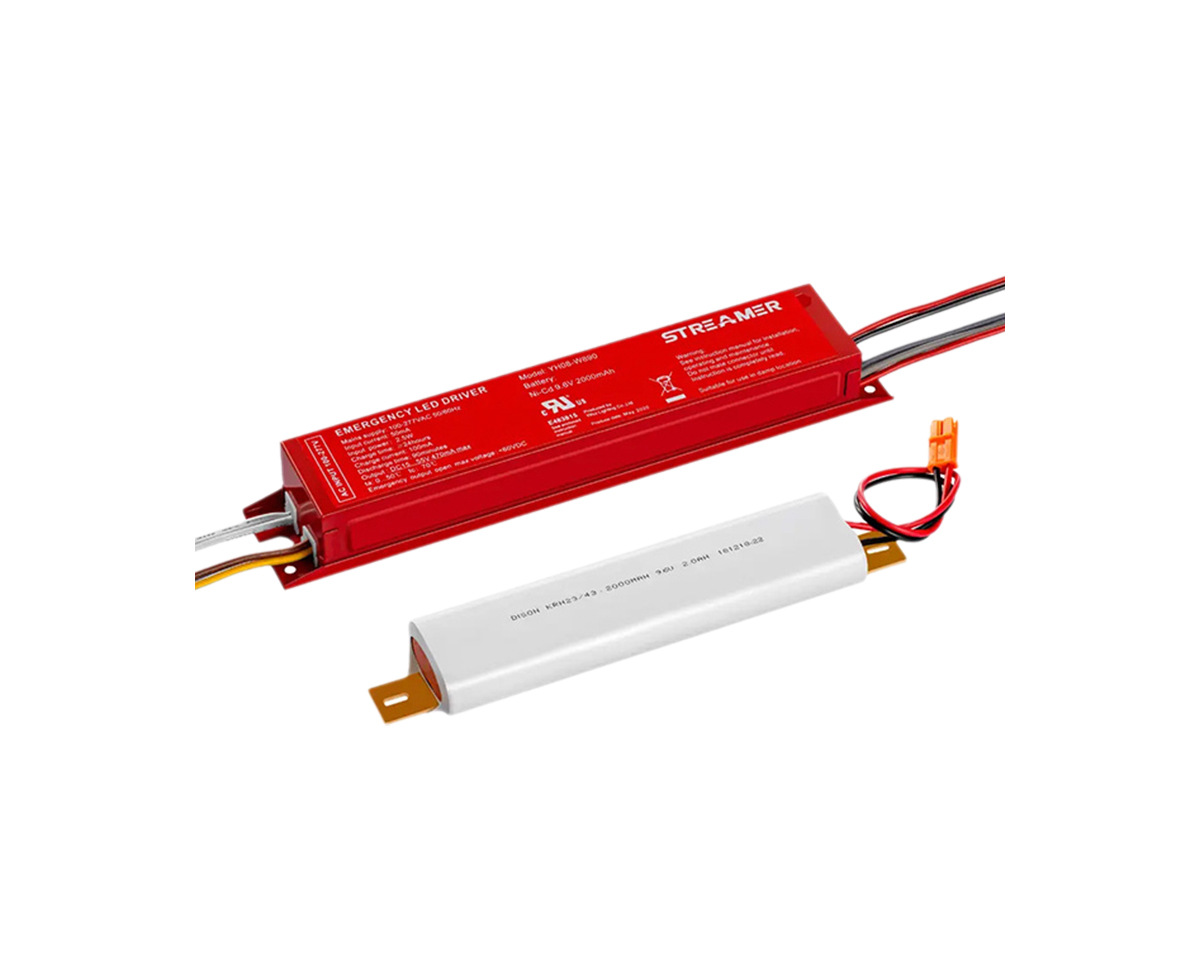 1
1
 May 05, 2025
May 05, 2025

The quality control system of LED emergency converters is of paramount importance to ensure product reliability, safety, and performance. A comprehensive quality control system encompasses multiple stages, starting from the procurement of raw materials and extending through the entire production process to the final product inspection and after - sales service.
At the raw material procurement stage, strict selection criteria are applied. Components such as capacitors, resistors, integrated circuits, and battery cells are carefully sourced from reliable suppliers. Quality control teams conduct in - depth evaluations of suppliers, including assessing their production processes, quality management systems, and product test reports. For example, battery cells used in LED emergency converters must meet specific safety and performance standards, such as having a high energy density, long cycle life, and excellent temperature resistance. By ensuring the quality of raw materials, potential issues caused by substandard components can be avoided at the very beginning.
During the production process, various quality control measures are implemented. In the assembly line, workers are trained to follow strict operating procedures to ensure accurate component placement and soldering. Automated inspection equipment, such as automated optical inspection (AOI) machines, are used to detect soldering defects, component misplacement, and other manufacturing flaws in real - time. Additionally, in - process testing is carried out at different stages of production. For instance, after the circuit board is assembled, it undergoes electrical testing to check for short - circuits, open - circuits, and proper voltage and current output. This helps to identify and rectify problems promptly, preventing defective products from moving to the next production stage.
Before the products leave the factory, final product inspection is crucial. A series of comprehensive tests are conducted, including functional testing, safety testing, and environmental testing. Functional testing ensures that the LED emergency converter can switch smoothly between normal and emergency modes, and that the LED lights can be properly illuminated during emergencies. Safety testing adheres to international and national safety standards, such as checking for electrical insulation, over - current protection, and over - voltage protection to prevent electrical hazards. Environmental testing subjects the product to various conditions, such as high and low temperatures, humidity, and vibration, to verify its performance and durability in different usage environments.
An effective quality control system also includes a feedback mechanism. Customer complaints and product return data are analyzed to identify recurring quality issues. This information is then fed back to the production and R & D departments, enabling continuous improvement of product design and manufacturing processes. By establishing and implementing a robust quality control system, manufacturers can ensure that LED emergency converters meet high - quality standards and provide users with reliable emergency lighting solutions.